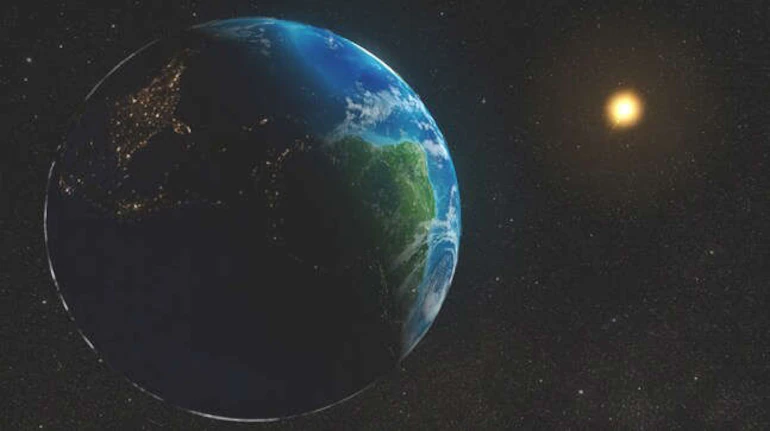The United Nations Environment Programme (UNEP), says the ozone layer is on track to full recovery within the next four decades.
The ozone layer, earth’s protective shield, protects humans and the environment from harmful levels of ultraviolet radiation from the sun.
However, in the 1970s, scientists discovered that it was depleting due to the use of certain human-produced chemicals such as chlorofluorocarbons.
Subsequently, countries signed a global treaty known as the Montreal Protocol to phase-out substances that deplete the ozone layer, and regulate the production and consumption of nearly 100 man-made chemicals referred to as ozone depleting substances (ODS).
Advertisement
In a statement on Monday, UNEP said meaningful progress on the ozone layer recovery has been recorded.
The UN body said this was contained in the conclusion by a UN-backed panel of experts, presented at the American Meteorological Society’s 103rd annual meeting on January 9.
It also attributed the progress to the global phase-out of ozone-depleting chemicals which was made possible by the Montreal Protocol.
Advertisement
“The UN-backed Scientific Assessment Panel to the Montreal Protocol on Ozone Depleting Substances quadrennial assessment report, published every four years, confirms the phase out of nearly 99 percent of banned ozone-depleting substances,” the statement reads.
“The Montreal Protocol has thus succeeded in safeguarding the ozone layer, leading to notable recovery of the ozone layer in the upper stratosphere and decreased human exposure to harmful ultraviolet (UV) rays from the sun.
“If current policies remain in place, the ozone layer is expected to recover to 1980 values (before the appearance of the ozone hole) by around 2066 over the Antarctic, by 2045 over the Arctic and by 2040 for the rest of the world.
“Variations in the size of the Antarctic ozone hole, particularly between 2019 and 2021, were driven largely by meteorological conditions. Nevertheless, the Antarctic ozone hole has been slowly improving in area and depth since the year 2000.”
Advertisement
Megumi Seki, executive secretary of UNEP’s ozone secretariat, described the development as “fantastic news”.
“The impact the Montreal Protocol has had on climate change mitigation cannot be overstressed. Over the last 35 years, the Protocol has become a true champion for the environment,” Seki said.
“The assessments and reviews undertaken by the Scientific Assessment Panel remain a vital component of the work of the Protocol that helps inform policy and decision makers.”
Petteri Taalas, World Meteorological Organisation’s (WMO) secretary-general, said the progress on the ozone layer sets a precedent for climate action.
Advertisement
“Our success in phasing out ozone-eating chemicals shows us what can and must be done – as a matter of urgency – to transition away from fossil fuels, reduce greenhouse gases and so limit temperature increase,” Taalas added.
Advertisement






